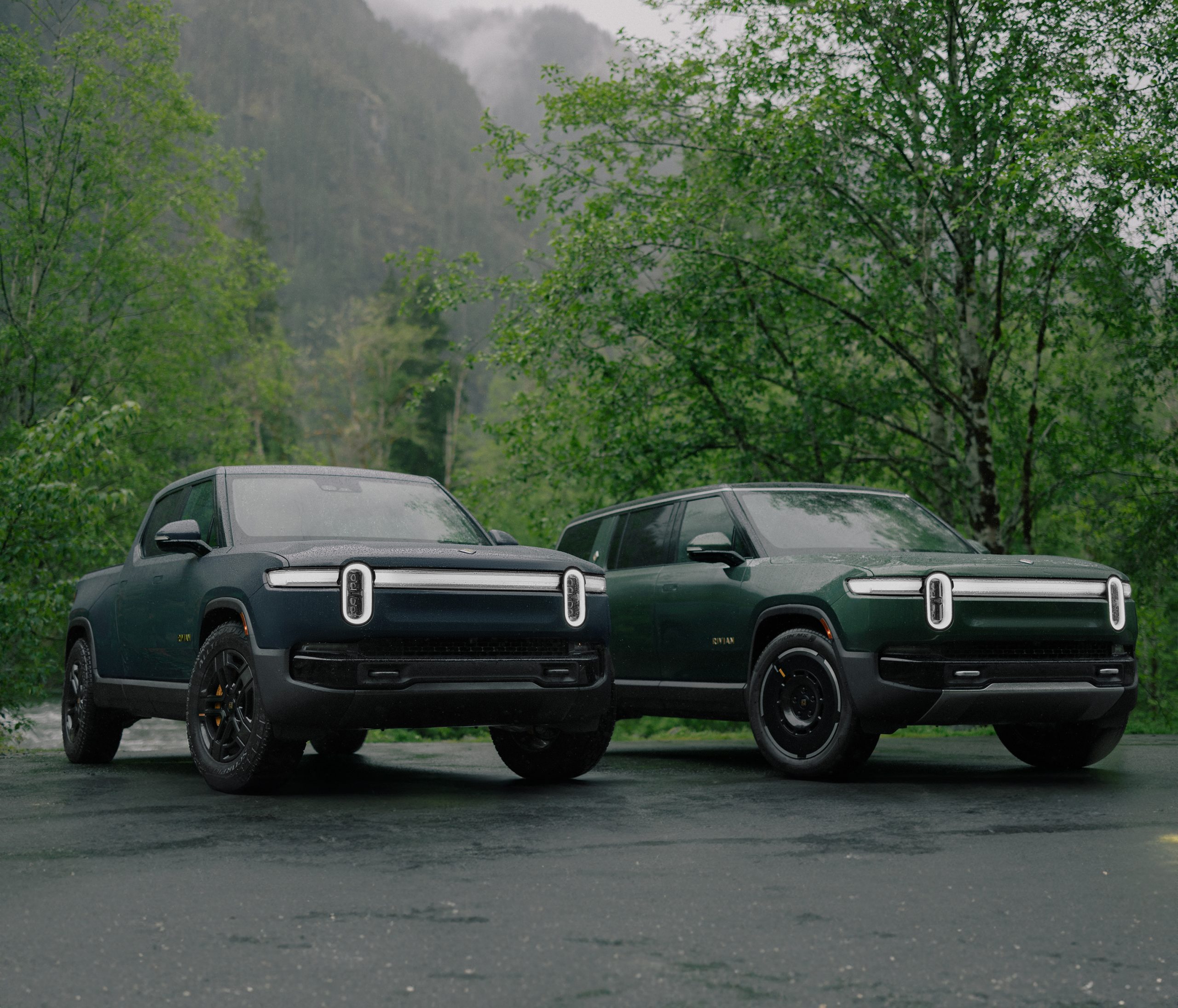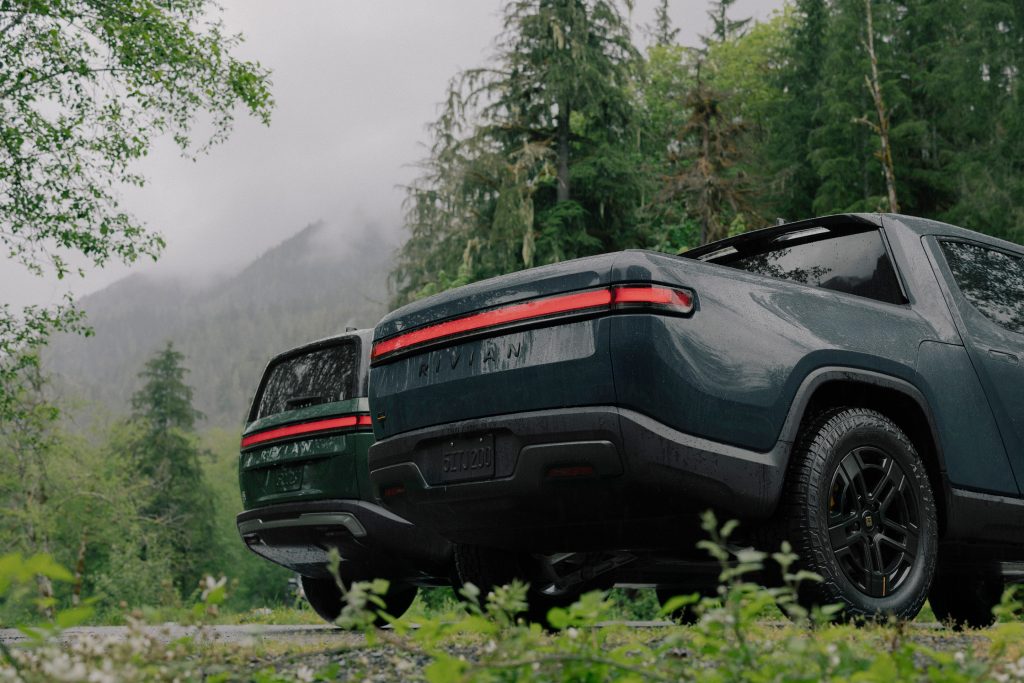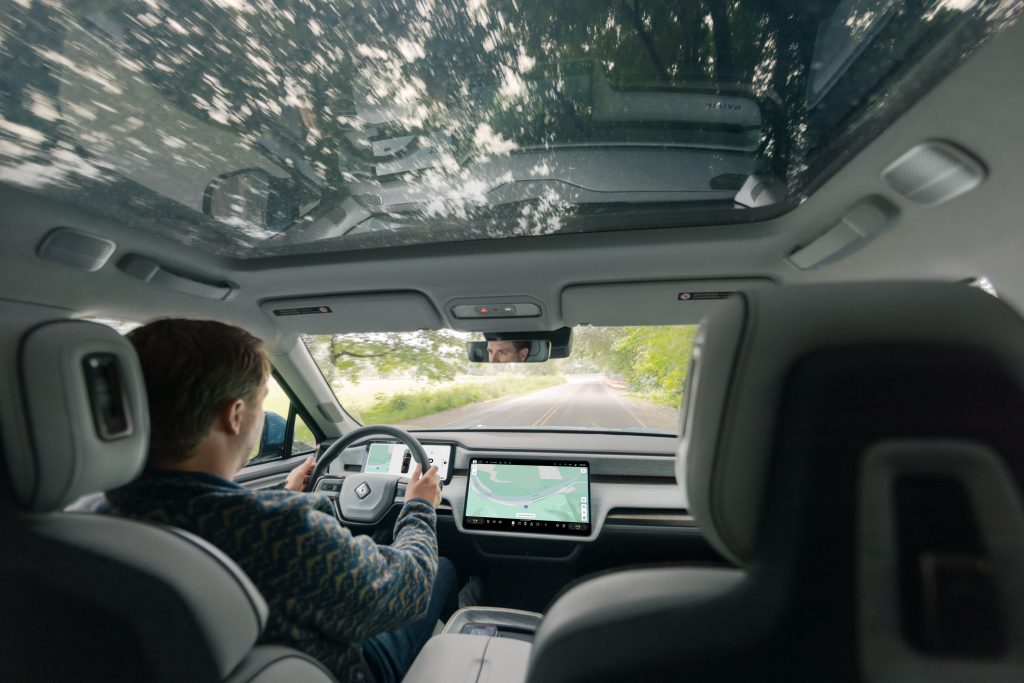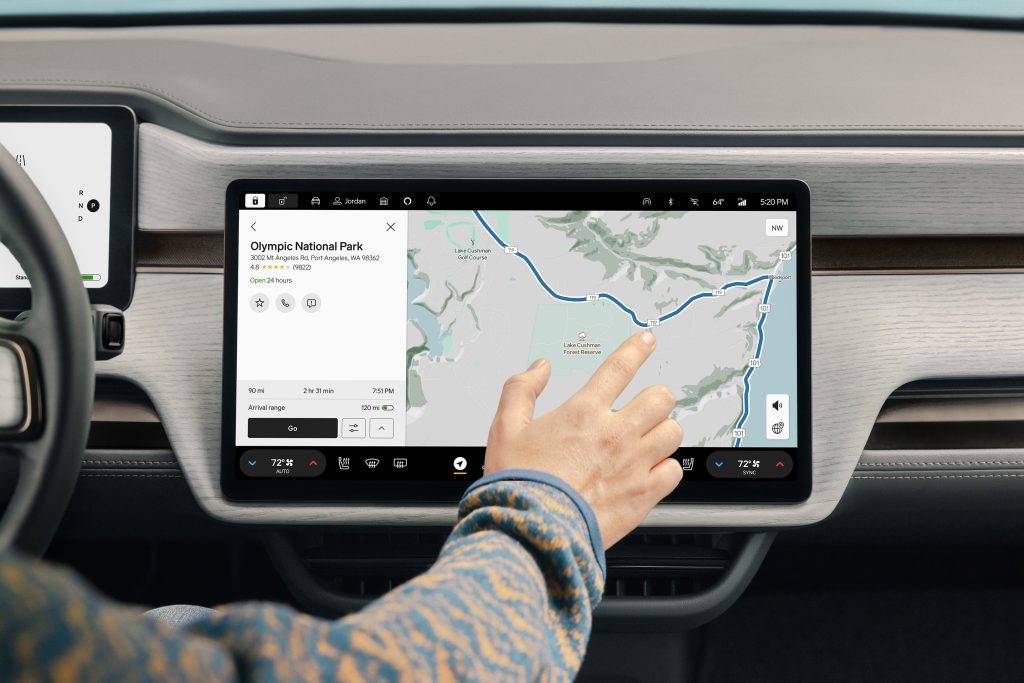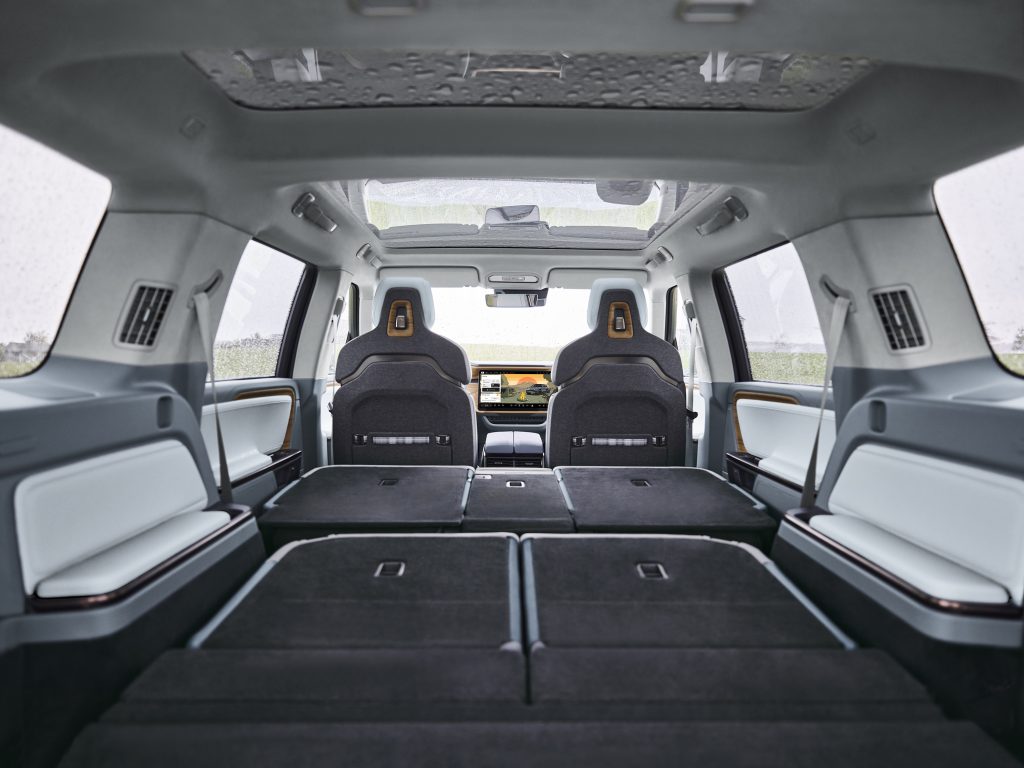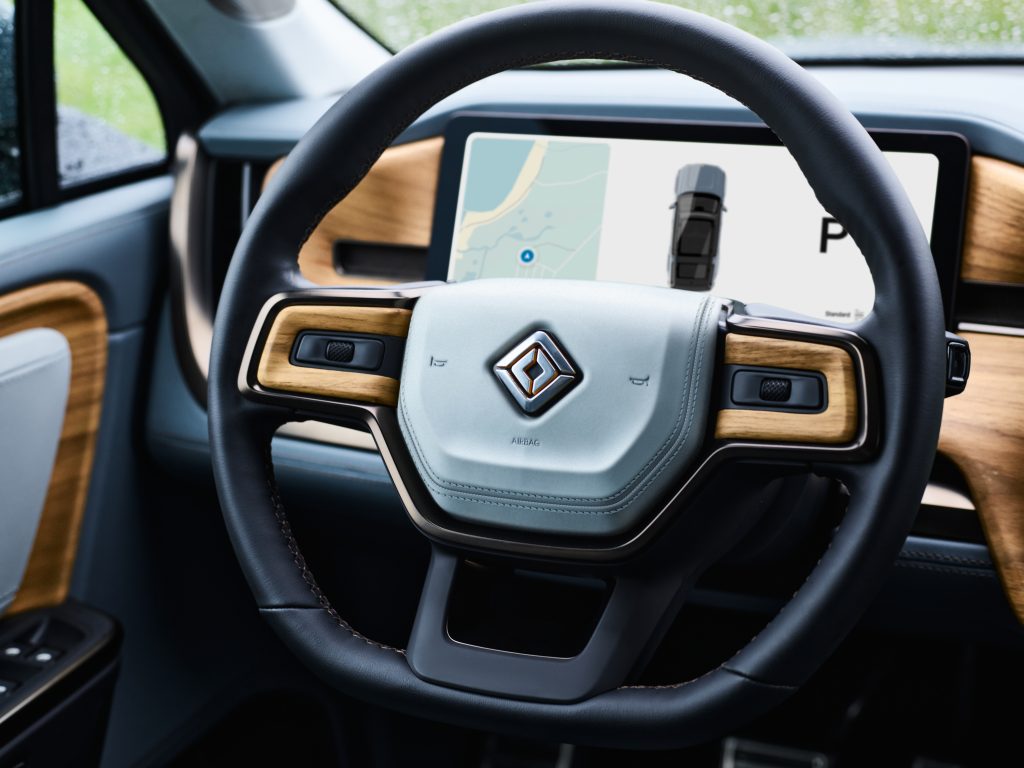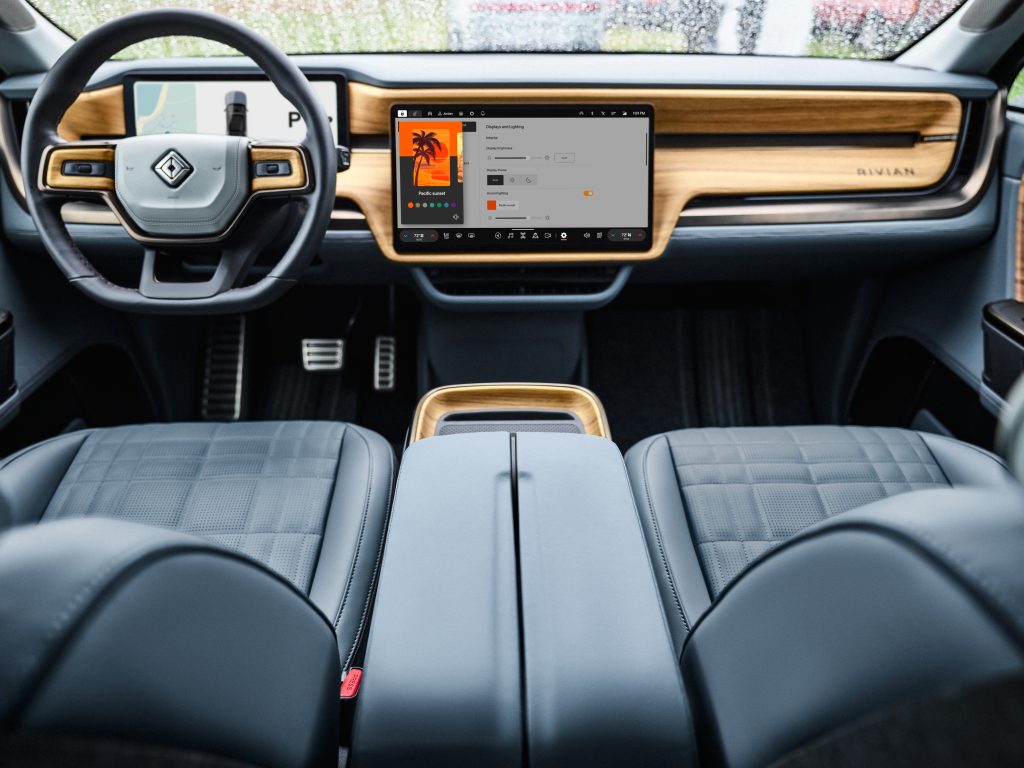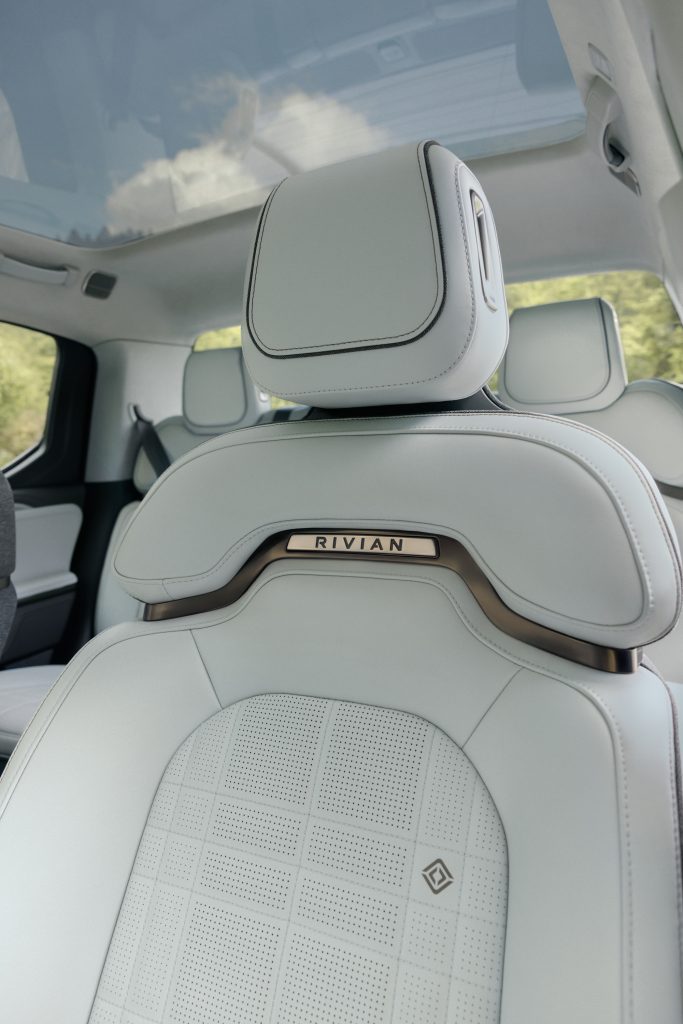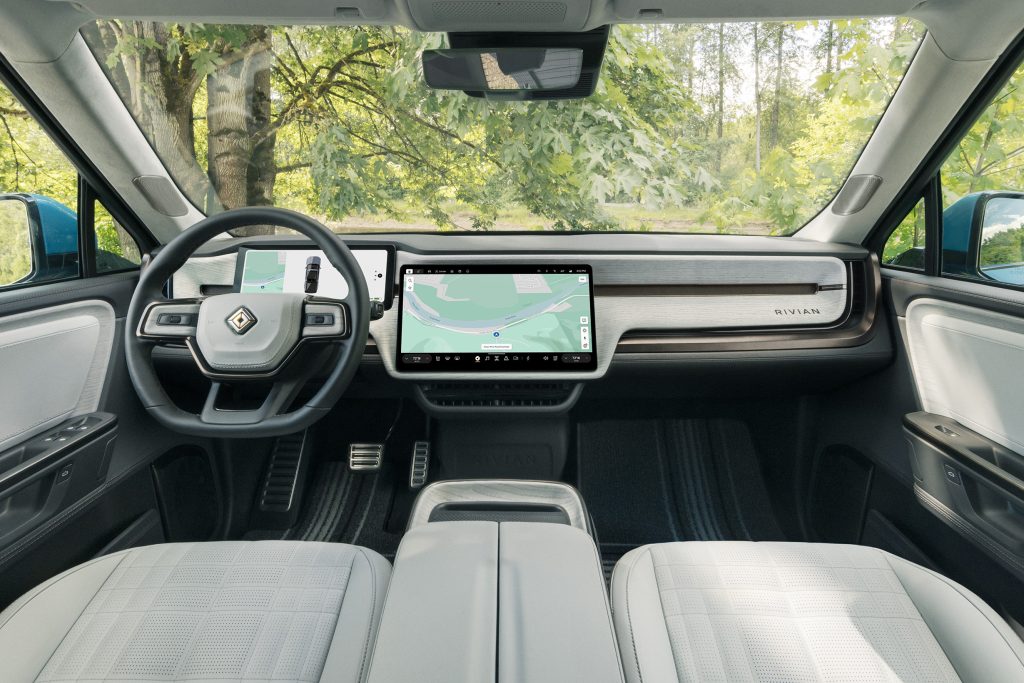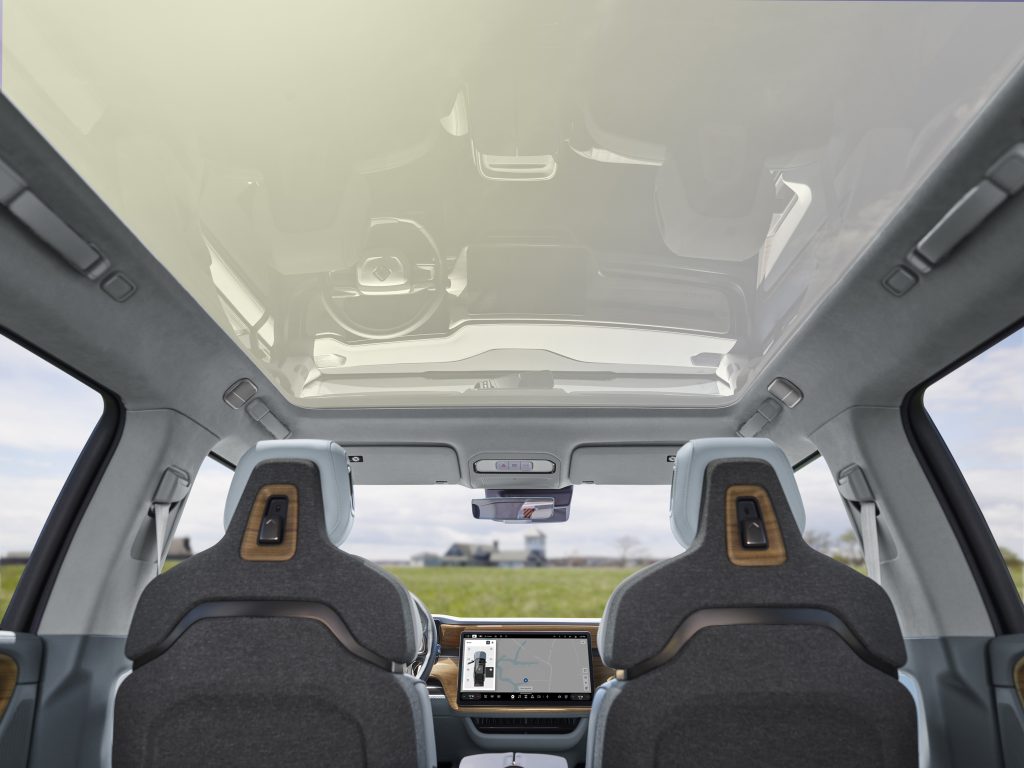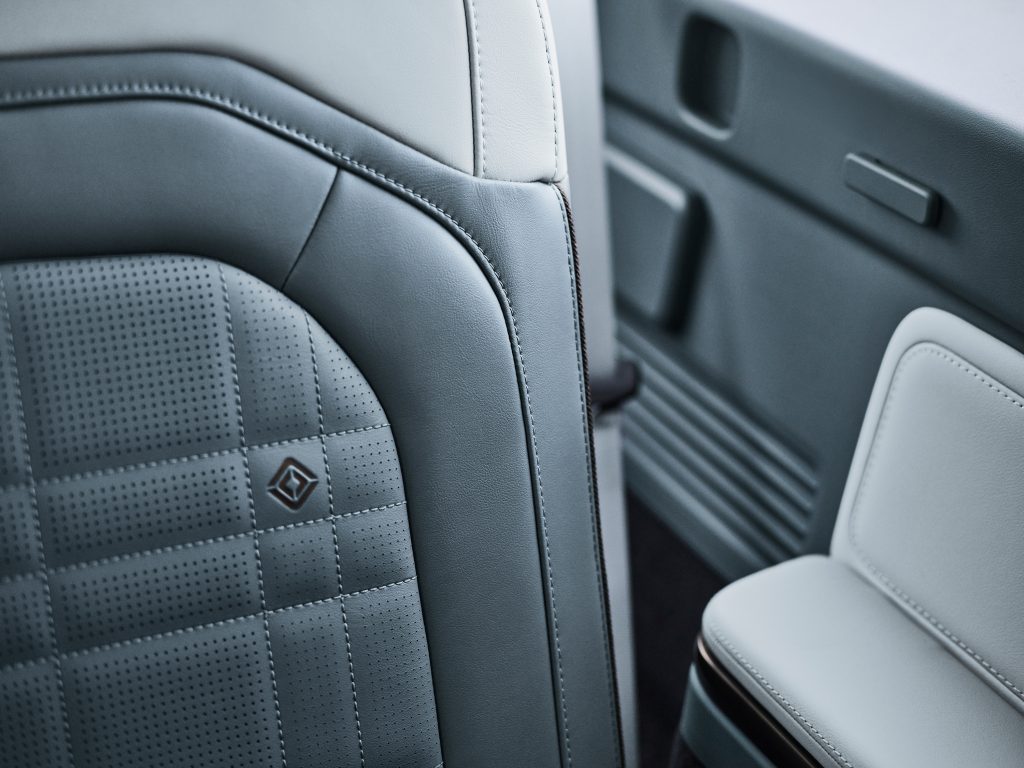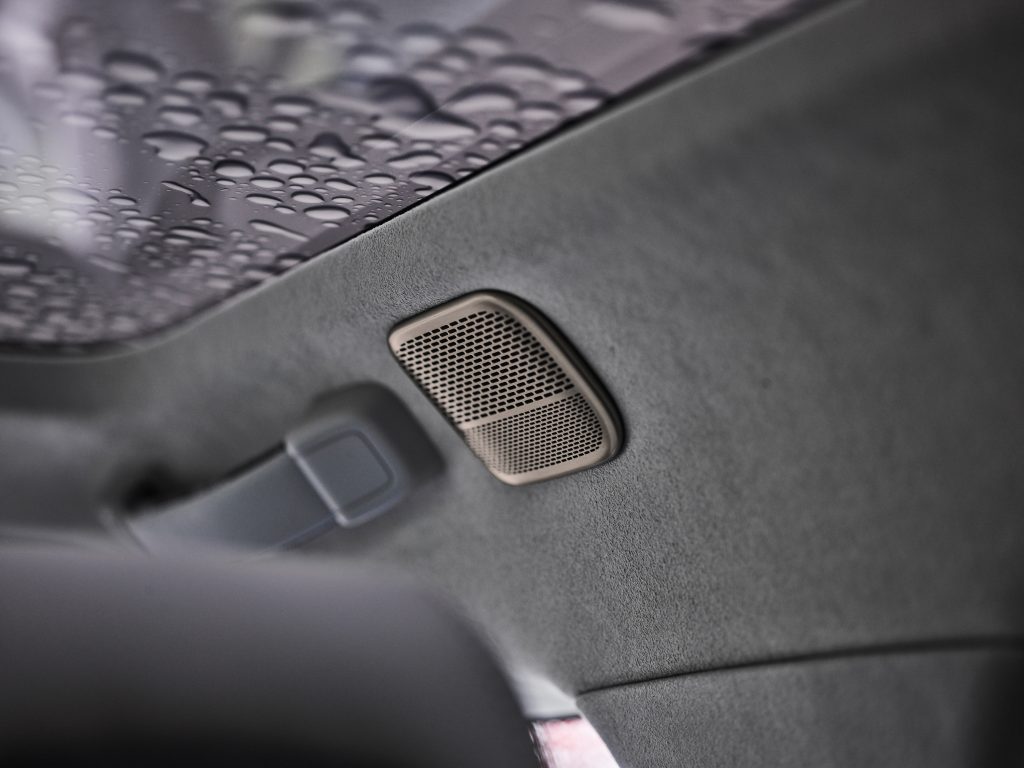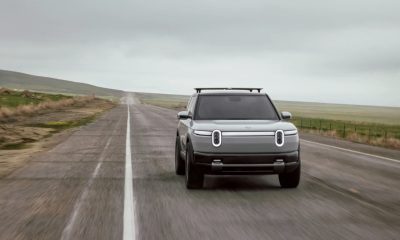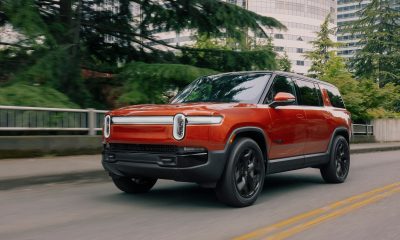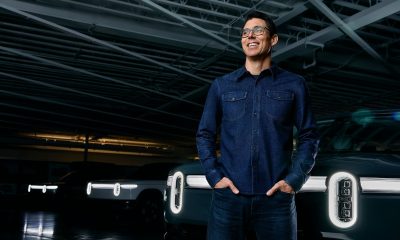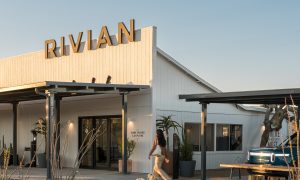Rivian has officially launched the next-generation R1S and R1T, new versions of the company’s flagship electric vehicles.
“We continue to evolve our flagship R1 vehicles,” CEO RJ Scaringe said, “offering quality and performance without compromise. Our revamped R1S and R1T push the technical boundaries further, creating our most capable products to date.”
Rivian aimed to refine and improve performance, design, range, and overall ownership experience with the new R1T and R1S, bringing everything from new drivetrains to new interior aesthetics to the EVs without compromising any of the features that owners loved about the first generation.
Additionally, Rivian is rolling out its new Autonomy Platform, which was developed in-house and utilizes eleven internally developed cameras along with five radars that perform over 250 trillion operations per second.
“For most owners, their R1 Gen 2 will be the most powerful computer that they own,” VP of Autonomy and AI for Rivian, James Philbin, said.
Let’s dive into some of the improvements Rivian has employed:
Performance
Rivian’s next-gen R1 platform now features more power, performance, and range, all stemming from a new drive unit offered in its Tri and Quad-Motor configurations. Dual-Motor has not gone anywhere either, and still offers great performance metrics:
- Dual-Motor Our Dual-Motor delivers incredible all-wheel drive capability along with 665 horsepower and 0–60 mph in as quick as 3.4 seconds for the Performance variant
- Tri-Motor Our all-new 850 horsepower Tri-Motor packs two motors in the rear and one in front for a blend of exceptional power and range. The Tri-Motor R1T delivers 0–60 mph in 2.9 seconds while offering an estimated range of 380 miles. In Conserve Mode, the estimated range is up to 410 miles.
- Quad-Motor For peak adventure, our new 1,025 horsepower Quad-Motor delivers 0–60 mph in less than 2.5 seconds in R1T — and ¼ mile in 10.5 seconds — with a staggering 1,198 lb-ft of torque when using Launch Mode. 60–80 mph acceleration is 1.5 seconds, with incredible torque control at each wheel for superior on-road performance and off-road capability.

Ride and Handling
Rivian also focused on the ride and handling experience in the R1 lineup for this second-generation vehicle launch. The suspension system has been fully re-engineered, improving on what customers called a “sport-tuned feel” in the first-generation EVs. Rivian decided to go with a “smoother” ride for the new R1T and R1S, which is adjustable to ensure comfortable on and off-road capabilities.
Vehicle equipment has also been refined. Rivian developed new wheels and fitted them with new tires, including a redesigned 22″ aerodynamic wheel design and Pirelli-developed tires to increase range.
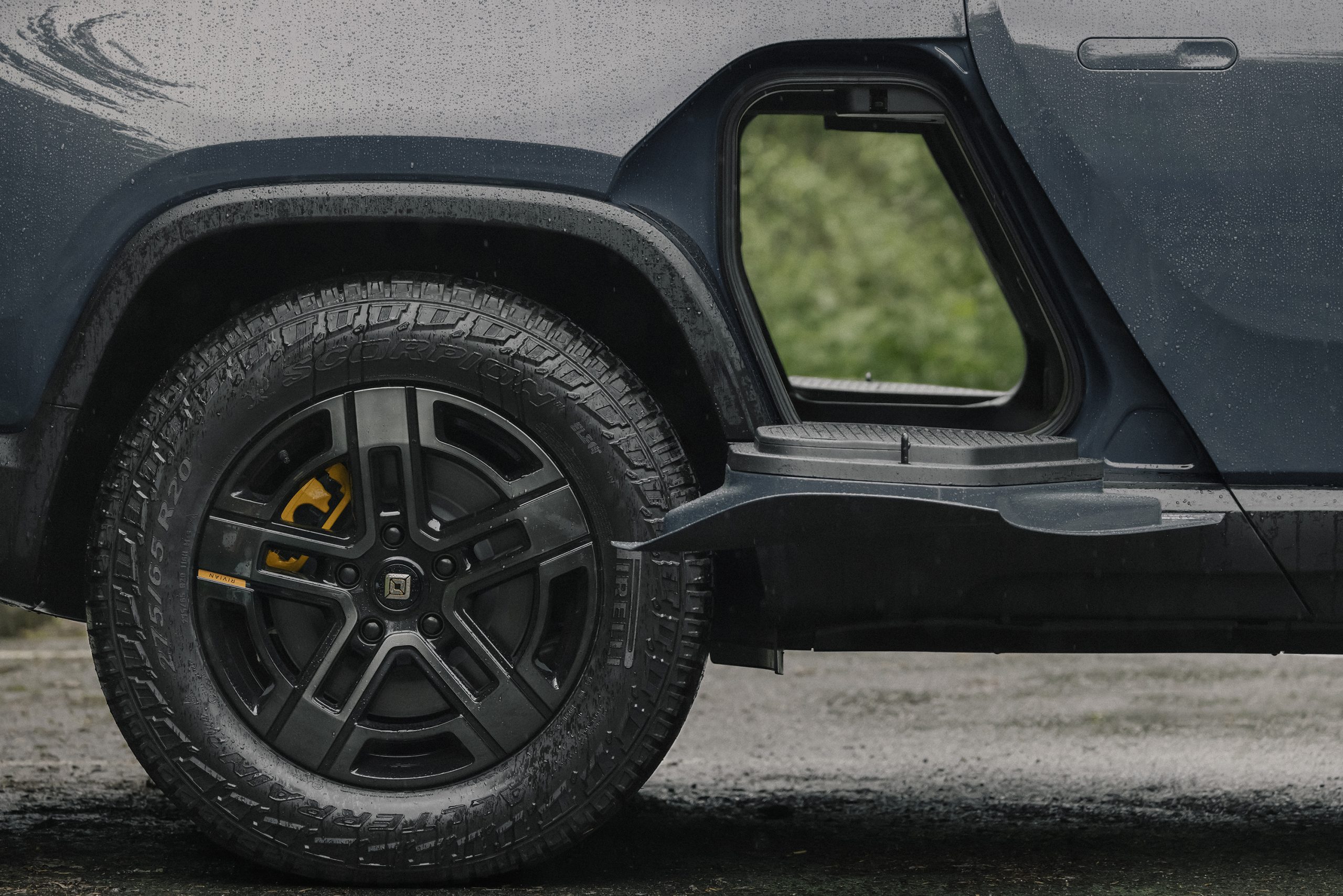
For Performance, Rivian is going with an Ultra-High-Performance Michelin tire that will be available on the Quad-Motor configurations. Additionally, for a “well-rounded” experience, Goodyear has a 20″ ADV tire that offers “balanced all-around capability with the rolling-resistance of an all-season,” and comes standard.
Range and Batteries
Three battery pack sizes will still be offered by Rivian, but the Max and Large batteries have been completely re-engineered and offer ranges of 420 and 330 miles, respectively, based on estimations. They will continue to use 2170 cylindrical cells, and the pack enclosure features a “large high-pressure de-casting” system to simplify manufacturing and reduce mass.
The new Standard Pack will feature lithium-iron-phosphate (LFP) chemistry and provide an EPA-estimated 270-mile range.
140 miles of range can be regained in as little as 20 minutes and are compatible with all major public high-speed charging networks. This includes the Rivian Adventure Network and the Tesla Supercharger Network.
Design and Experience
Rivian honed in on new features with the R1T and R1S and also added two new premium interiors, new exterior paint options, and new darkout trim options.
These are in addition to the new wheel and tire choices, and now vehicles come with a new electronically tinted glass roof, new in-cabin storage, interior lighting themes, new digital interfaces, and new cell shading designs for the different drive modes. It has also improved on the wireless charger.
Surround Sound Audio with Dolby Atmos is available with Rivian Premium Audio.
Refined Electrical Architecture and Compute Platform
The second-gen R1 features new electrical architecture and a new compute platform that was developed in-house by the Rivian hardware and software teams.
“While the exterior of the R1 looks similar, the electrical system is completely redone, providing a significant increase in features as well as a dramatic increase in sensing and compute capability,” Rivian’s SVP of Electrical Hardware, Vidya Rajagopalan, said.
Trimming the ECU count from 17 in the first-gen to just 7 in the second-gen, the “massive simplification” was part of a shift in zonal architecture. Infotainment, autonomy, and vehicle access, as well as battery management, all have their own ECUs. Every other vehicle function is controlled by the remaining three.
Rivian Autonomy Platform
The Rivian Autonomy Platform utilizes “11 internally developed cameras and five radars performing over 250 trillion operations per second, an industry-leading level of compute power.”
The cameras are high-resolution and now include 4K HDR units, which have 360-degree visibility and can see three-times farther than the previous system, as well as 10 seconds ahead at highway speeds.
These are the most camera megapixels of any EV in North America and enable improved dynamic range and clear vision in high-contrast scenarios, like tunnel entrances and exits.
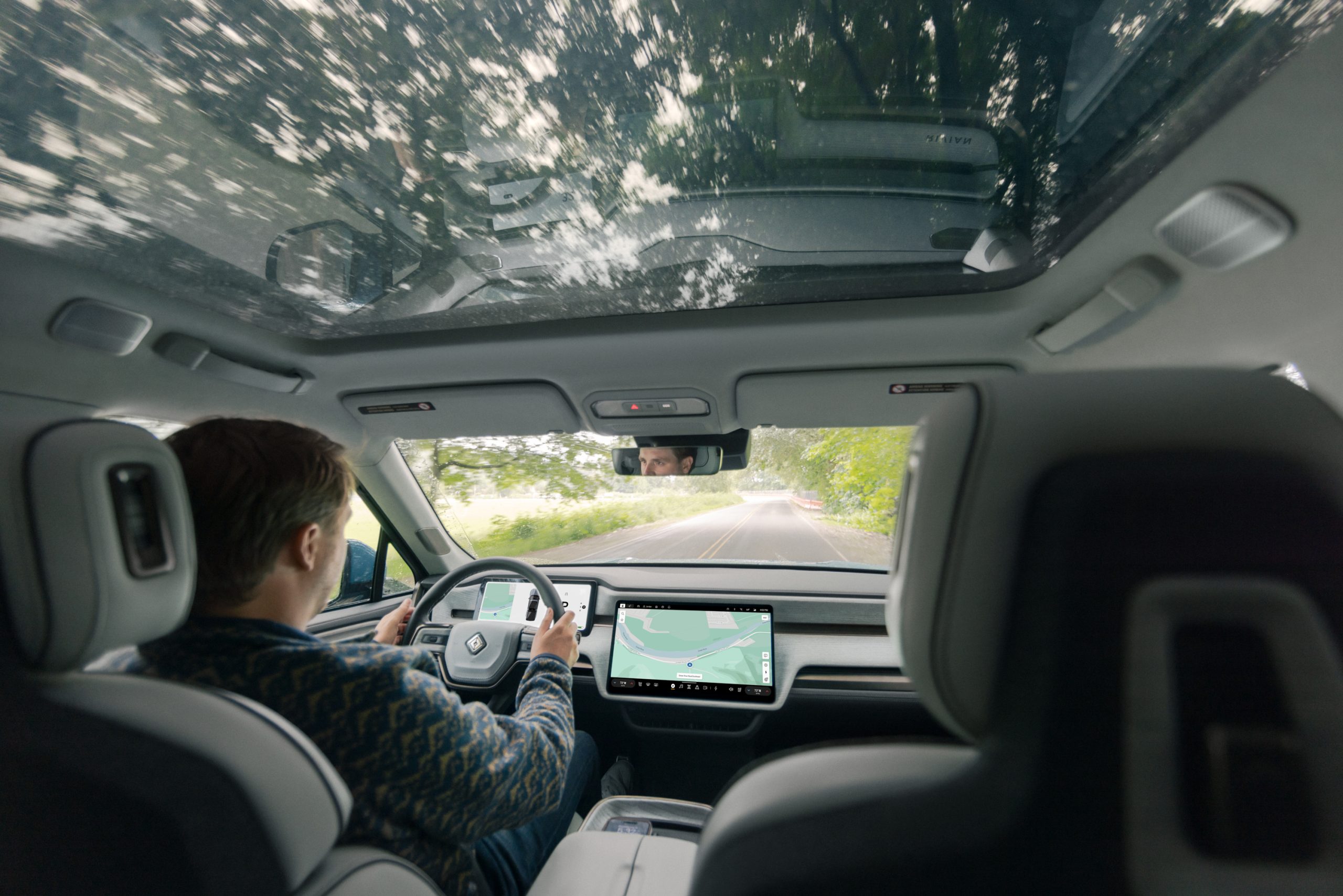
Rivian is also utilizing a cabin-facing camera in the rearview mirror to detect both driver fatigue and distraction when operating in Enhance Highway Assist mode, which will roll out later this year.
The Autonomy Compute Module is backed up by dual NVIDIA DRIVE Orin processors, delivering 10 times more compute performance than the previous system.
Pricing
The new R1S will start at $75,900 and the R1T at $69,900. Dual-Motor configurations can be ordered today and are available immediately. Tri-Max is expected to be launched in the late Summer, while Quad Max will come shortly after.
I’d love to hear from you! If you have any comments, concerns, or questions, please email me at joey@teslarati.com. You can also reach me on Twitter @KlenderJoey, or if you have news tips, you can email us at tips@teslarati.com.
Elon Musk
Elon Musk confirms Grok 4 launch on July 9 with livestream event
The rollout will be accompanied by a livestream at 8 p.m. Pacific Time.

Elon Musk has officially confirmed that Grok 4, the latest version of xAI’s large language model, will launch on July 9. The rollout will be accompanied by a livestream at 8 p.m. Pacific Time, hosted on xAI’s official account on X.
xAI goes straight to Grok 4
Back in May, leaks indicated that xAI was getting ready to ship Grok 3.5. Considering Musk’s recent comments, however, it appears that the artificial intelligence startup would be focusing on the large language model’s fourth iteration instead. As noted in a Financial Express report, users on X have sighted references to Grok 4 in the lead up to the update’s launch, such as “grok-4-prod-mimic” and “Grok 4 Code.”
Musk’s Grok 4 announcement comes as AI competition intensifies between major players including OpenAI, Google, and xAI. With Musk’s Colossus supercomputer fully operational in Memphis, xAI appears to be accelerating its AI product roadmap.
Musk pushes Grok toward political neutrality
Grok 4’s launch also follows a recent controversy involving political bias, as noted in a CNN report. Last week, Grok responded to a user on X stating that political violence in the U.S. since 2016 had come more from the political right than the left. The chatbot noted in a later reply that its answer was based on information from sources like Reuters, the Journal of Democracy, and University of Maryland studies.
Musk stated that Grok’s response was a “major fail.” “Major fail, as this is objectively false. Grok is parroting legacy media. Working on it,” he wrote in a post on X. By the end of June, Musk noted that he was “grinding all night with the xAI team” and that they were making “good progress.” He also stated that the model “Will be called Grok 4. Release just after July 4th. Needs one more big run for a specialized coding model.”
News
Tesla opens massive solar Supercharger station in California
The Supercharger opened to customers ahead of Fourth of July weekend, while Tesla continues phase two of construction on the site.

Tesla has officially launched the first several Supercharging posts at a massive station in California, notably including solar canopies and grid-scale batteries to offer completely renewable charging.
Last week, Tesla announced on X that it opened the first 84 Supercharger stalls of a planned 168-stall station in Lost Hills, California. Additionally, the massive Supercharger project features 11MW of solar canopies and 10 Megapack batteries for off-grid charging powered entirely by solar energy.
Tesla completed the first phase of the project just days ahead of the busy Fourth of July holiday weekend, adding that initial construction took just eight months. In addition to the remaining charging stalls, Tesla says it’s building a set of lounge areas, renderings of which can be seen below alongside current photos of the site.
Notably, the site also includes V4 charging posts for the company’s latest available charging speeds, and it’s located near the busy junction between I-5 and Highway 46 in Kern County.
“Thank you [Kern County] and [PG&E] for collaboration and approvals,” Tesla wrote in a follow-up post.

Credit: Tesla Charging | X

Credit: Tesla Charging | X

Credit: Tesla Charging | X

Credit: Tesla Charging | X
Tesla Supercharger Maps for North America, Europe, and Asia pic.twitter.com/0U5r0XRPyo
— TESLARATI (@Teslarati) July 2, 2025
READ MORE ON TESLA SUPERCHARGERS: Tesla launches ultra-fast V4 Superchargers in China for the first time
Testing at the LA Diner, plus Musk update on potential Tesla solar Gigafactory
The huge Tesla Supercharger station completed phase one of construction fairly quickly, especially given how long Tesla has been working on its unique Los Angeles diner, drive-in, and Supercharger location. Still, the company was seen performing some testing at the nearly-completed charging station earlier this month, and will reportedly be holding a job fair.
Elon Musk also responded on Monday morning to a post on X, suggesting that Tesla is “thinking about” building a U.S.-based solar Gigafactory in order to help support increased power needs with AI growth, and to bolster domestic solar production.
Tesla is building a new UFO-inspired Supercharger in the heart of Alien country
News
Tesla driver walks away from major accident with minor injuries
The driver sustained only minor injuries, and the exact cause of the crash remains under investigation.

The driver of a Tesla Model Y survived and walked away from a harrowing accident on Monday in California, only sustaining minor injuries despite the vehicle being impaled by a guardrail.
On Monday morning around 4:34 a.m., the Los Banos division of the California Highway Patrol (CHP) responded to the accident on I-5 near Panoche Road, involving a 23-year-old in a Tesla Model Y. According to a post on social media, the driver veered off the road for unknown reasons in the northbound lane, before crashing directly into the guardrail and impaling the vehicle.
You can read the full message and photos from Los Banos CHP below, as were shared in a Facebook post on Monday afternoon.
This morning a Tesla model y was traveling in the #1 northbound lane of I-5 north of Panoche Rd. For unknown reasons driver allowed V-1 to veer off the roadway, travel through a dirt center divide, and crashed into the fixed metal guardrail. Lucky for the driver he only sustained minor injuries and was able to walk away. Driving a vehicle requires 100% attention to the road. Avoid distractions and focus on driving.

Credit: CHP Los Banos (via Facebook)

Credit: CHP Los Banos (via Facebook)

Credit: CHP Los Banos (via Facebook)
In a statement to SFGate, CHP officer Myles Anderson said that the driver only sustained minor injuries, while no arrests are made and drugs and alcohol are not suspected to have been involved. The report also notes that Tesla’s “cruise control and lane assistance features” were activated, according to Anderson. However, it’s not entirely clear if this is referring to Supervised Full Self-Driving (FSD), or to the cruise control and lane assist features baked into Autopilot.
At the time of writing, CHP has not yet responded to Teslarati’s request for clarification and additional details on the matter.
Tesla Crash Safety Ratings across its lineup: pic.twitter.com/ny30R7ceji
— TESLARATI (@Teslarati) July 1, 2025
READ MORE ON TESLA SAFETY: Tesla rolls out crucial new safety feature aimed at saving children
The news comes after Tesla has touted its vehicles as incredibly safe for many years. In December, for example, the company highlighted receiving top safety scores from regulators on four different continents throughout the world, including from the National Highway Traffic Safety Administration (NHTSA) and the Insurance Institute of Highway Safety (IIHS) in the U.S.
Tesla has also listed the goal of making its vehicles the safest on the road throughout the years, both in the overall design of its vehicles and in its Autopilot and Full Self-Driving (FSD) programs.
Tesla Model 3 ranks as the safest new car in Europe for 2025, per Euro NCAP tests
-

 Elon Musk1 week ago
Elon Musk1 week agoTesla investors will be shocked by Jim Cramer’s latest assessment
-

 News2 weeks ago
News2 weeks agoTesla Robotaxi’s biggest challenge seems to be this one thing
-

 News2 weeks ago
News2 weeks agoWatch the first true Tesla Robotaxi intervention by safety monitor
-

 Elon Musk1 week ago
Elon Musk1 week agoA Tesla just delivered itself to a customer autonomously, Elon Musk confirms
-

 News2 weeks ago
News2 weeks agoTesla Robotaxi rollout proves that Elon Musk still delivers, even if it’s late
-

 Elon Musk2 weeks ago
Elon Musk2 weeks agoElon Musk commends Tesla team on successful Robotaxi launch
-

 Elon Musk2 weeks ago
Elon Musk2 weeks agoxAI welcomes Memphis pollution results, environmental groups push back
-

 Elon Musk2 weeks ago
Elon Musk2 weeks agoElon Musk confirms Tesla Optimus V3 already uses Grok voice AI

